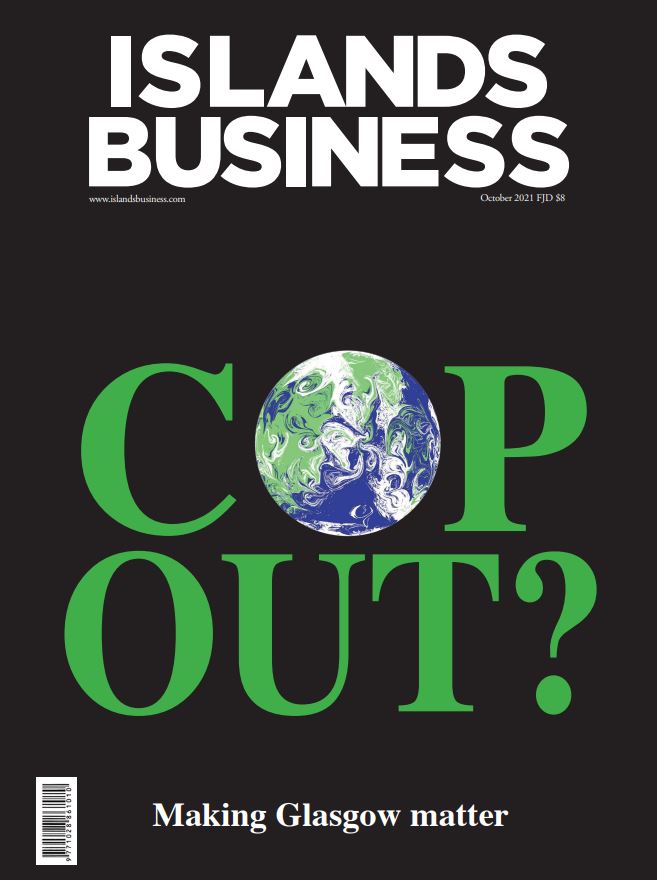By Kaliopate Tavola
Outgoing USP Chancellor, H.E. President of Nauru Lionel Rouwen Aingimea, recently penned an editorial, which, having fulfilled his one-year stint as Chancellor and on the way out, can be regarded as his farewell statement to the USP community and to the region as a whole.
The editorial . . .
Please Subscribe to view full content...

